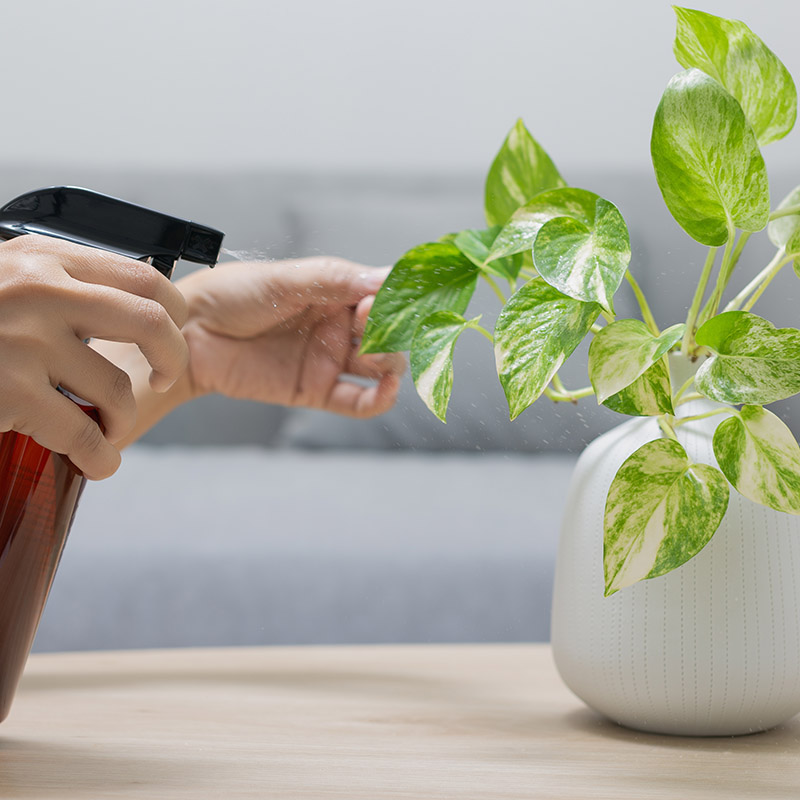
By: Lakshman A.
Year: 2021
School: Aliso Niguel High
Grade: 11
Science Teacher: Susan Roche
Eutrophication is a common problem in California caused by over-fertilization of plants, in which excess fertilizer runs off into lakes and cause algal blooms. This is extremely toxic to plants and aquatic wildlife.
For the experiment, Lakshman made Liquid fertilizers (Nitrogen and Phosphorus) and compared them to a commercial fertilizer and manure.
Commercial fertilizers are known to be the main culprits behind eutrophication whereas organic fertilizers are known to provide the same benefits to the plants with less environmental toxicity. The liquid fertilizers consisted of green leafy vegetables, vegetable scraps, coffee grounds, ground up eggshells, and molasses. They will all be put in a sealed container and left in the dark for the fermentation process to occur.
After 3 weeks, the concentrated liquid was drained and collected. For the first part of the experiment, Lakshman tested the homemade fertilizer (on mung bean plants) to see if it is an efficient substitute for a traditional fertilizer.
For the second part of the experiment, Lakshman collected the runoff from these plants and analyzing the Nitrogen and Phosphorus levels in the runoff to see which fertilizer has the lowest level.
Results
Lakshman first calculated the average percent germination of the seeds. 20 beans were planted in each pot. Results are as follows: Organic 92.70%, Control 74.25%, Chemical 80.00%, Manure 86.15%. Plants watered with the organic fertilizer were found to grow roughly 1.5 inches more than the control plants, which were only given water. Plants under the categories of Manure and Chemical fertilization were found to have significantly higher average estimates of Nitrogen and Phosphorus (lb/A/6’’) compared to control and organic categories.
